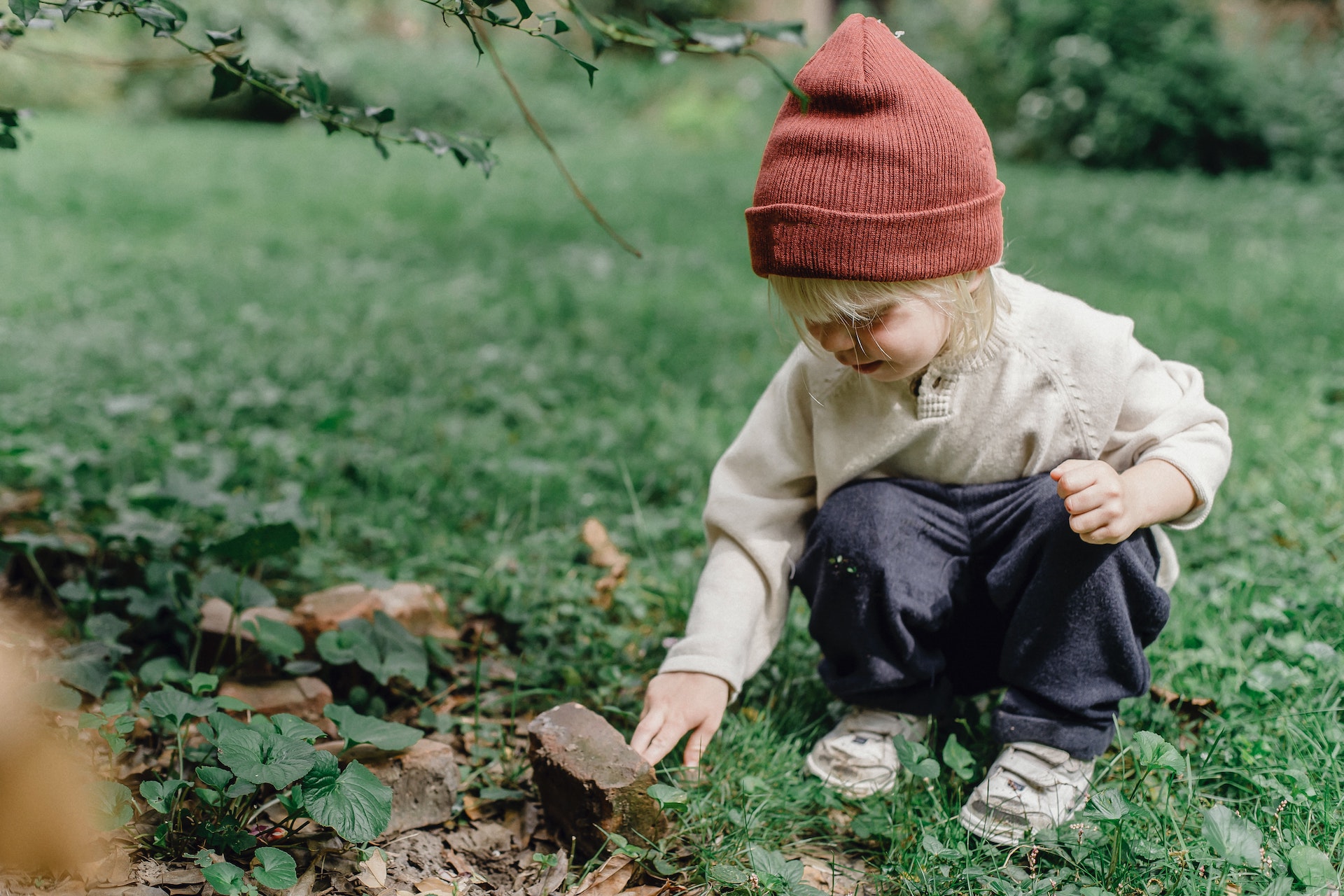Sometimes it’s easy to forget that children are new to this whole “being human” thing. Their bodies and brains are still developing, and they’re learning how to engage with others and the world around them. They also have very little control over their lives or their worlds — it’s no wonder they may struggle to control themselves!
Many children go through distressing life events such as invasive medical procedures, accidents, illness, or death in the family, and such traumas can further increase their feelings of powerlessness and anxiety. While these experiences may have taken place in the child’s past, they can significantly impact their thoughts, emotions, and behaviors in the present.
When a child doesn’t know how to meet their needs for safety, connection, and empowerment, they may express their fears in various ways: tantrums, shutting down, school refusal, separation anxiety, and interpersonal conflict. These behaviors can understandably bring up frustration and desperation in the adults who care about them.
In the moment, it can be tempting to encourage compliance through punishment, rewards, timeouts, and similar behavior management techniques. While these short-term solutions may provide temporary relief, they don’t address the child’s underlying needs, nor do they allow the child to build a long-term foundation of self-trust, self-control, and empowerment.
If you’re a parent, you might be dealing with so much stress these days that you’re not sure where to begin. Maybe you just want your child to be successful and happy. It might feel important to try to control your child’s behaviors (so they can succeed) or “fix” your child’s distress (so they can be happy). Unfortunately, no human being gets through life without making mistakes and experiencing a rainy day or two. A resilient child is one who learns that they are capable of persisting through challenges and weathering emotional storms (with the support of the caring adults around them, of course).
This is the goal of child therapy. In nearly every other part of their lives, children have little opportunity to stay attuned to themselves and to be in control of their growth process. At home, in school, and in society at large, children often need to follow rules and meet others’ expectations. While this is often for good reason and can help keep them safe, they don’t have much freedom to make mistakes, make decisions, and explore big feelings.
Therapy provides a space for the child to take the lead in managing their emotions and behaviors. This requires practice, just like any other skill! In the playroom, the child’s therapist establishes a secure environment with appropriate limits for safety. During sessions, the therapist helps the child recognize their emotions and needs while identifying appropriate ways to express those emotions and needs. This allows the child to increase self-awareness, the first step toward self-regulation.
Therapy provides children with a space where they can widen their window of tolerance for difficult experiences while building trust in their ability to handle whatever life brings their way. In particular, play therapy approaches allow children to use toys, games, and creativity to communicate and connect in a developmentally appropriate manner. Even when a child’s brain has developed enough that they can express their thoughts and feelings verbally, play provides an opportunity for exploring and processing challenges that the child may not know how to talk about or how to face head-on.
When a child grabs a toy, they may not realize that they’re playing out complicated feelings related to past traumas or current fears. However, play therapy techniques provide children with the opportunity to explore themselves and their world, to take on different roles and perspectives — and to build feelings of confidence as they gain mastery over themselves, their emotions, and their behaviors.
In the playroom, the therapist creates an atmosphere of relational safety that encourages the child to grow in self-acceptance. The therapist demonstrates support and belief in the child’s ability to be with whatever arises, which increases the child’s belief in themselves. During therapy, the child learns that it’s okay to have big feelings and to be challenged, while learning how to manage those feelings and challenges in a healthy, empowering way.
Reasons for Child Therapy
-Grief and loss
-Disruptive behaviors
-Anxiety
-Low self-esteem
-ADHD
-Life transitions or family changes
-Trauma
-Social challenges
Benefits of Child Therapy
-Self-regulation
-Communication skills
-Frustration tolerance
-Resilience
-Self-esteem
-Social skills
-Independence and empowerment
How much will I be involved with my child’s therapy?
Because your child is a minor, some parent involvement is required. During the intake session, the therapist will meet with you to learn about your family’s unique situation, concerns, and needs. You are the expert on your child, and your therapist will invite you into a collaborative partnership based on trust, transparency, and common goals. You’ll also learn more about the therapy process and how it can benefit your child and your family.
As a parent, you’ll likely want to stay updated on your child’s progress. It is important that what happens in the playroom stays in the playroom, in order to preserve a safe and accepting space for the child. Your child may hesitate to share and be their full selves if they believe you will find out about everything they say and do in the playroom. However, you will be updated on general themes and developments in the child’s play and behavior. You will also be notified in the case of safety issues such as suicidal intent or abuse. Your therapist will share more with you about the limits of confidentiality when beginning treatment.
For children, weekly sessions are recommended to get the most benefit from therapy. These benefits increase when parents attend periodic parent sessions to discuss strategies for supporting their child at home. During these sessions, you may also bring specific questions or concerns to discuss with the therapist. Your therapist will also support you in increasing connection and collaboration within your family — so you can feel like you’re all on the same team and enjoy your time together!
“In a world that gives constant direction to children regarding who they should be, the greatest gift we can give children is to help point their compass inside of themselves.” – Lisa Dion
LGBTQ+ AFFIRMING PRACTICE | ANTI-RACIST PRACTICE
West Location
East Location




